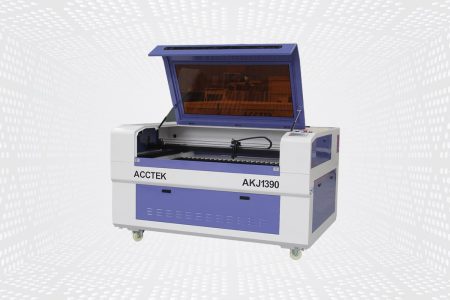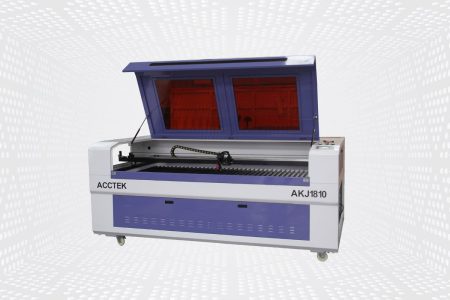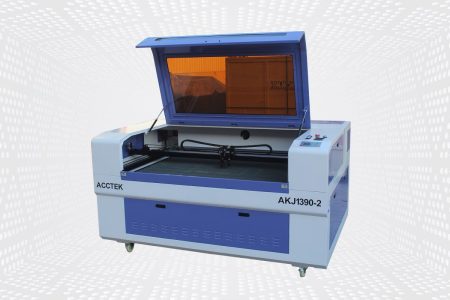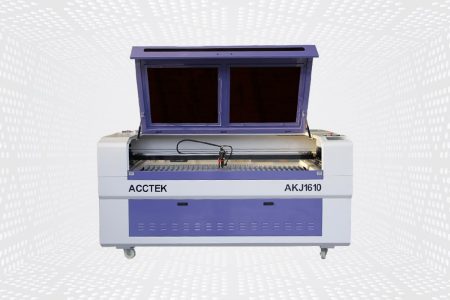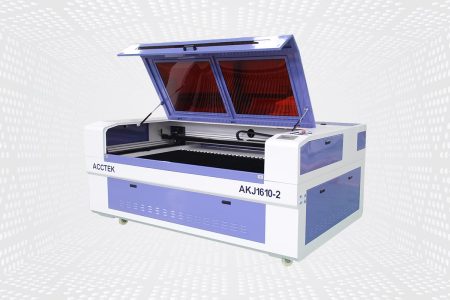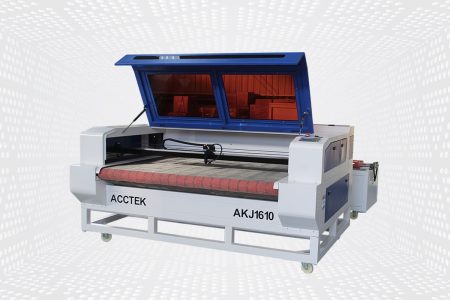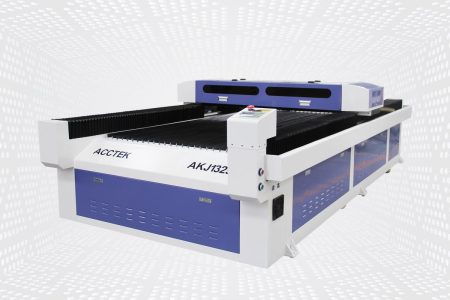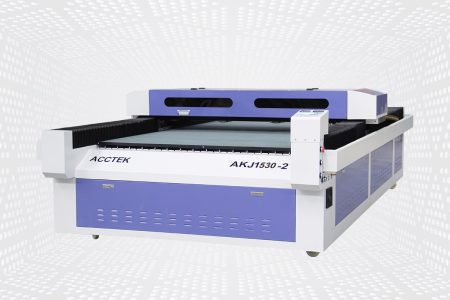PVC Laser Cutting Machine
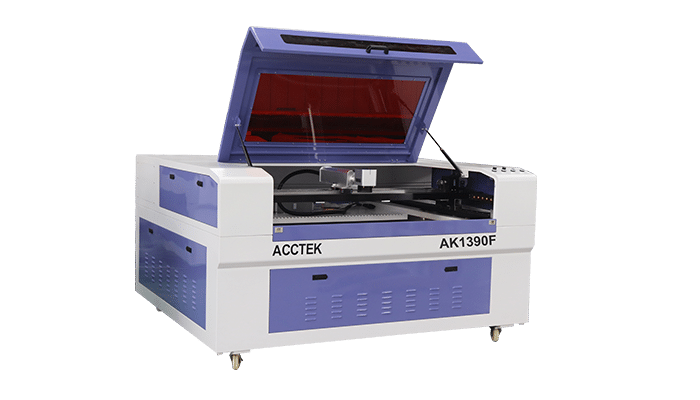

Photoelectric Technology
AccTek Laser focus on designing and manufacturing photoelectric-related system. We provide accurate and exquisite processing quality with leading R&D capability.

Integration Ability & Experienced
With an experienced, completed, and elite R&D team, customized such as automated, integrated with the robot, system integration, etc. are all available.

Professional Service
AccTek Laser's laser cutting machine is a professional laser cutting machine designed and manufactured in China. Our elite engineering team provides related service support.
Equipment Features
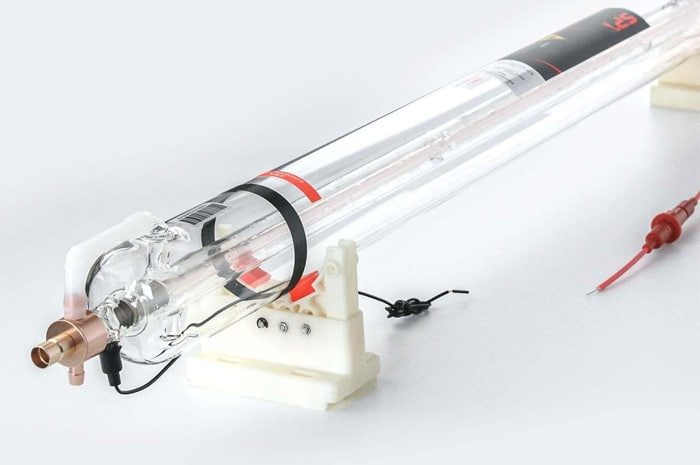
High Power CO2 Laser Tube
The machine is equipped with a powerful CO2 laser tube, which can provide precise and efficient cutting and engraving performance on various materials, including acrylic, wood, leather, fabric, glass, and so on. A high-powered laser tube ensures clean, precise cuts and smooth edges, while also enabling detailed engraving, making it suitable for intricate designs and industrial applications.
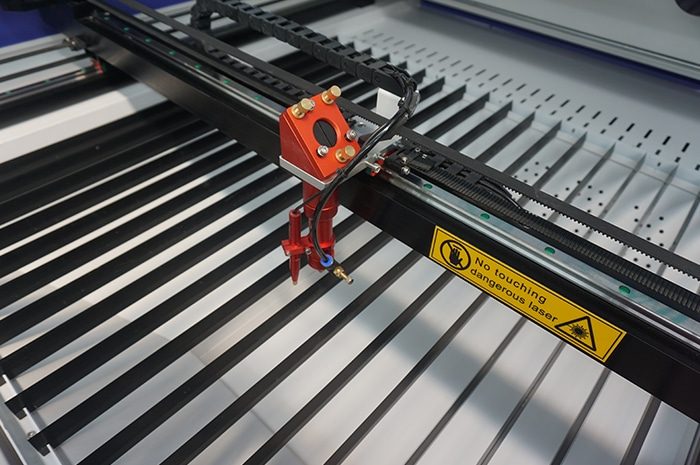
Advanced Motion System
The machine is equipped with an advanced motion system to ensure smooth and accurate movement of the laser head during cutting and engraving. This precise motion control enables clean, sharp cuts while also enabling detailed and intricate engraving on a variety of materials.
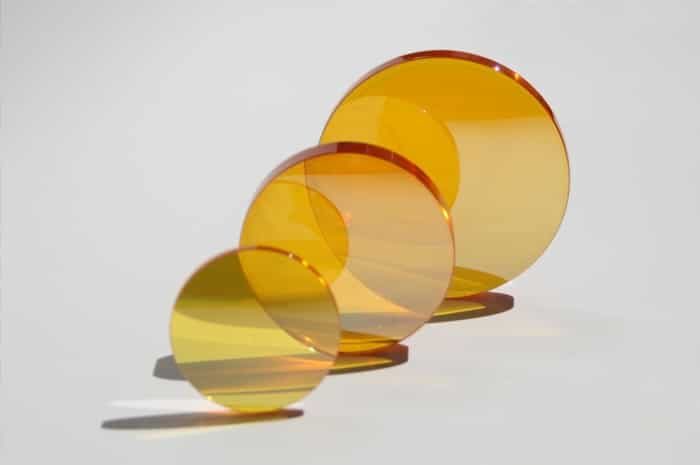
High-Quality Optics
The machine is equipped with high-quality optics capable of producing a narrower, more stable laser beam, ensuring precise cutting paths and cleaner edges even on complex designs and delicate materials. In addition, high-quality optics help reduce beam divergence and losses, thereby improving energy efficiency.
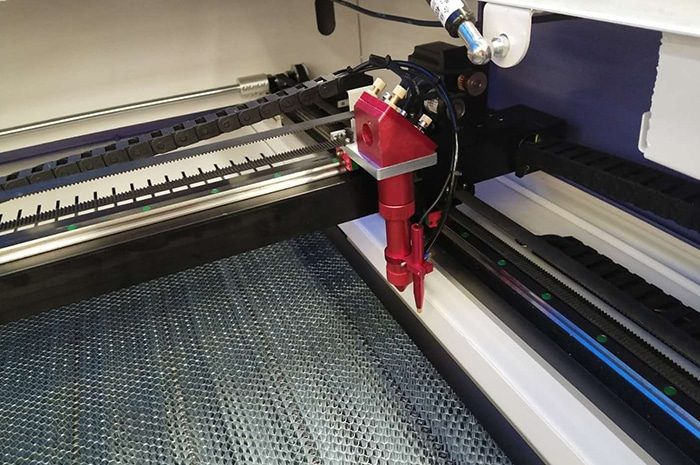
High-Precision CO2 Laser Head
The high-precision CO2 laser head is selected, and it has a red dot positioning function to ensure that the laser beam is precisely aligned with the focusing optics and the nozzle. An accurate laser beam contributes to consistent and uniform cutting results. Additionally, the CO2 laser head is equipped with height control, which ensures consistent focus and compensates for any variations in material thickness or uneven surfaces.
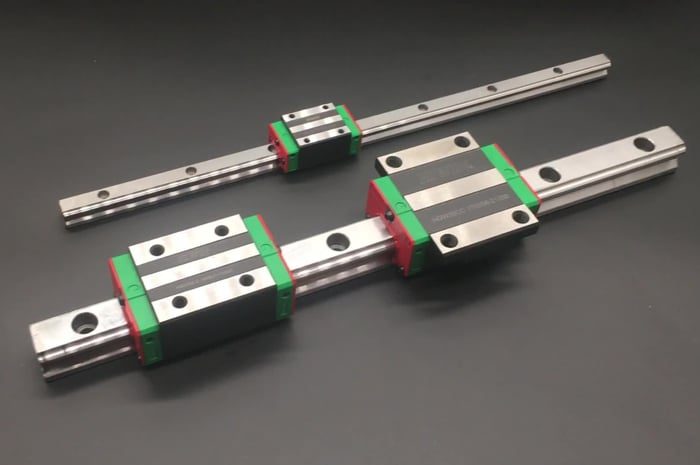
High-Precision HIWIN Rail
The machine is equipped with a Taiwan HIWIN guide rail with excellent precision. HIWIN is manufactured to tight tolerances, ensuring smooth and stable linear motion. This level of precision contributes to accurate and consistent laser cutting, especially when working with intricate designs and fine details. In addition, HIWIN rails are designed to minimize friction, resulting in smooth and quiet movement.
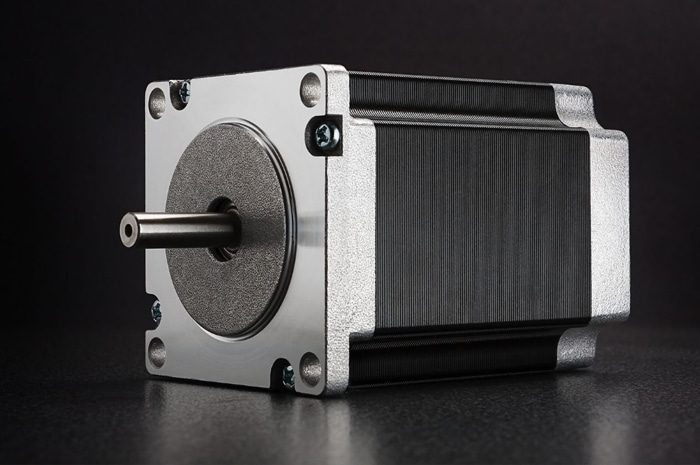
Reliable Stepper Motor
The machine adopts a stepper motor with strong power and reliable performance to ensure the normal operation of the machine. Not only are stepper motors cost-effective, but they also provide precise control of moving parts, ensuring high-quality laser cutting and stable positioning of optical components for reliable, efficient operation.
Technical Specifications
| Model | AKJ-6040 | AKJ-6090 | AKJ-1390 | AKJ-1610 | AKJ-1810 | AKJ-1325 | AKJ-1530 |
|---|---|---|---|---|---|---|---|
| Working Area | 600*400mm | 600*900mm | 1300*900mm | 1600*1000mm | 1800*1000mm | 1300*2500mm | 1500*3000mm |
| Laser Medium | Fiber laser | ||||||
| Laser Power | 80-300W | ||||||
| Power Supply | 220V/50HZ, 110V/60HZ | ||||||
| Cutting Speed | 0-20000 mm/min | ||||||
| Engraving Speed | 0 - 40000mm/min | ||||||
| Min Line Width | ≤0.15mm | ||||||
| Position Accuracy | 0.01mm | ||||||
| Repetition Accuracy | 0.02mm | ||||||
| Cooling System | Water-cooling | ||||||
Laser Welding Capacity
| Laser Power | Cutting Speed | 2mm | 3mm | 4mm |
|---|---|---|---|---|
| 25W | Max Cutting Speed | 15mm/s | 12mm/s | / |
| Optimal Cutting Speed | 13mm/s | 10mm/s | / | |
| 40W | Max Cutting Speed | 35mm/s | 30mm/s | 25mm/s |
| Optimal Cutting Speed | 32mm/s | 27mm/s | 20mm/s | |
| 60W | Max Cutting Speed | 50mm/s | 40mm/s | 35mm/s |
| Optimal Cutting Speed | 45mm/s | 38mm/s | 3mm/s | |
| 80W | Max Cutting Speed | 60mm/s | 50mm/s | 45mm/s |
| Optimal Cutting Speed | 58mm/s | 48mm/s | 40mm/s | |
| 100W | Max Cutting Speed | 70mm/s | 60mm/s | 55mm/s |
| Optimal Cutting Speed | 68mm/s | 58mm/s | 50mm/s | |
| 130W | Max Cutting Speed | 80mm/s | 70mm/s | 65mm/s |
| Optimal Cutting Speed | 78mm/s | 68mm/s | 63mm/s | |
| 150W | Max Cutting Speed | 90mm/s | 80mm/s | 75mm/s |
| Optimal Cutting Speed | 88mm/s | 78mm/s | 73mm/s | |
| 180W | Max Cutting Speed | 100mm/s | 90mm/s | 85mm/s |
| Optimal Cutting Speed | 98mm/s | 88mm/s | 80mm/s | |
| 200W | Max Cutting Speed | 120mm/s | 110mm/s | 100mm/s |
| Optimal Cutting Speed | 118mm/s | 108mm/s | 98mm/s |
Comparison of Different Cutting Methods
| Cutting Process | Laser Cutting | CNC Routing | Saw Cutting | Ultrasonic Cutting |
|---|---|---|---|---|
| Precision | High precision | High precision | Moderate precision | Moderate to High precision |
| Versatility | Can handle various materials | Can handle various materials | Designed specifically for PVC | Can handle various materials |
| Intricate Cuts | Yes | Yes | Limited | Limited |
| Automation | Yes (Computer-controlled) | Yes (Computer-controlled) | Manual operation | Manual operation |
| Cutting Thickness | Suitable for various thicknesses | Suitable for various thicknesses | Limited to thin PVC sheets | Suitable for various thicknesses |
| Non-Contact Cutting | No | Yes | No | No |
| Portability | Depends on size | Depends on size | Highly portable | Portable |
| Cutting Speed | Moderate to Fast | Fast | Moderate | Moderate to Fast |
| Skill Requirements | Requires technical expertise | Requires technical expertise | Easy to use | Requires technical expertise |
| Cost | Expensive | Expensive | Affordable | Affordable |
Product Features
- The machine is equipped with a high-quality CO2 laser generator, which is very suitable for cutting PVC.
- The machine can cut material quickly, which increases productivity.
- The machine provides excellent cutting precision and accuracy, ensuring clean and smooth cuts with minimal material waste.
- The machine can handle PVC sheets of various thicknesses and can also cut other materials such as wood, plastic, and certain metals.
- The laser beam does not physically touch the material, minimizing the risk of material damage or contamination.
- The machine has auto-focus and height adjustment functions to get the best cutting performance on different thicknesses of PVC.
- An intuitive control panel or user interface allows the operator to set cutting parameters, adjust laser power, and control machine motion.
- The machine can be integrated with various design software to realize the seamless transfer of cutting designs.
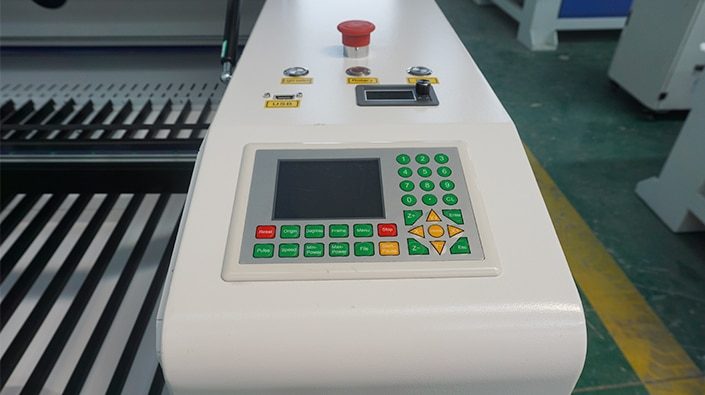
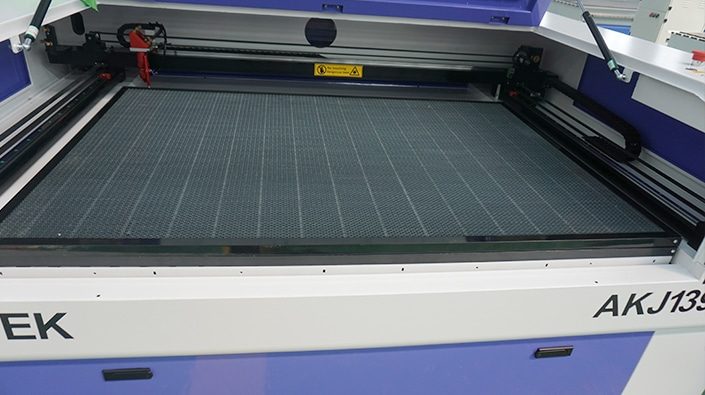
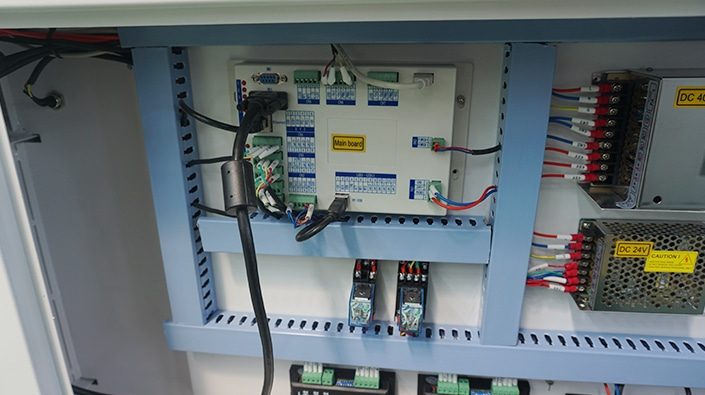
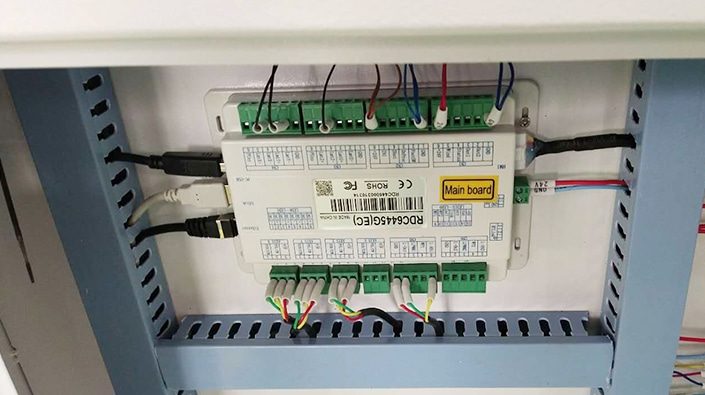
Product Application
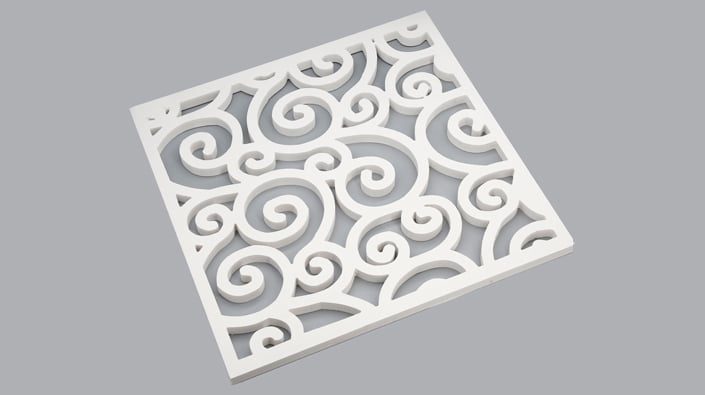
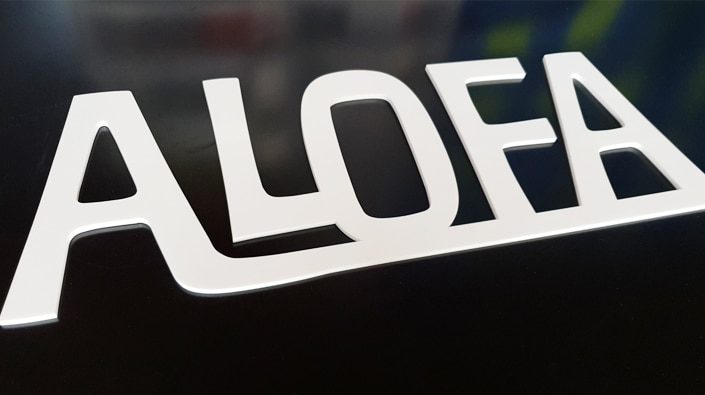
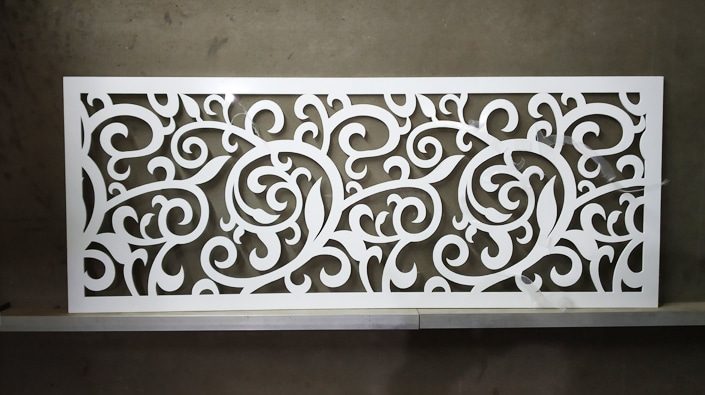
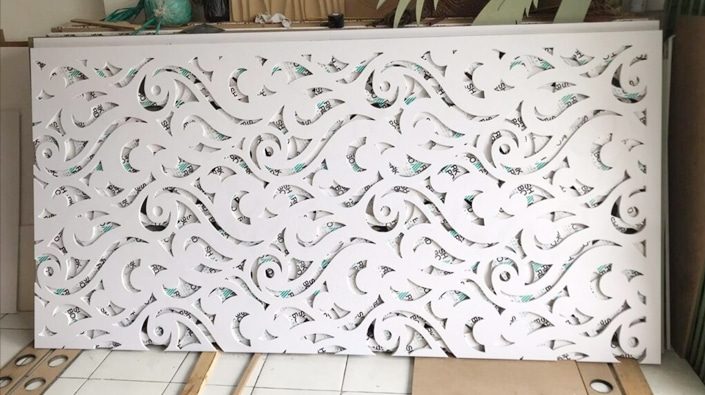
Equipment Selection
High Configuration CO2 Laser Cutting Machine
CO2 Laser Cutting Machine With CCD Camera
CO2 Laser Cutting Machine With Electric Lift Table
Fully Enclosed CO2 Laser Cutting Machine
Double Head CO2 Laser Cutting Machine
CO2 Laser Cutting Machine With Automatic Feeding Device
Large-Size CO2 Laser Cutting Machine
Double Head Large Size CO2 Laser Cutting Machine
Why Choose AccTek?
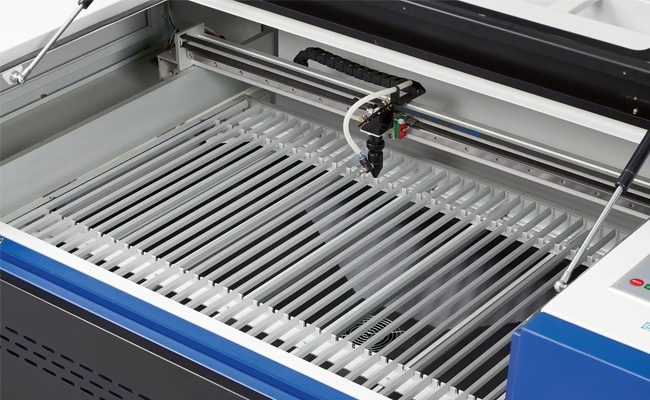
Impeccable Precision
Unrivaled Quality
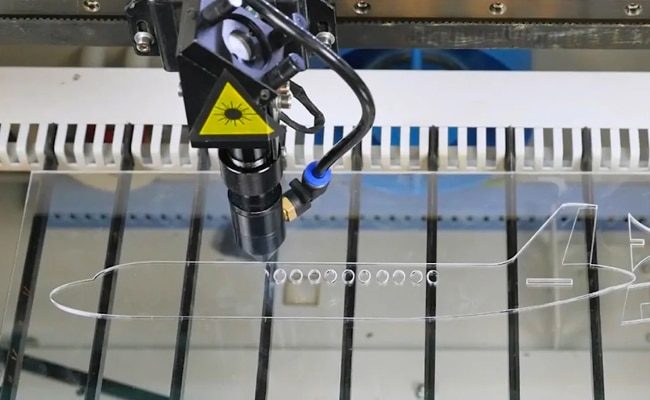
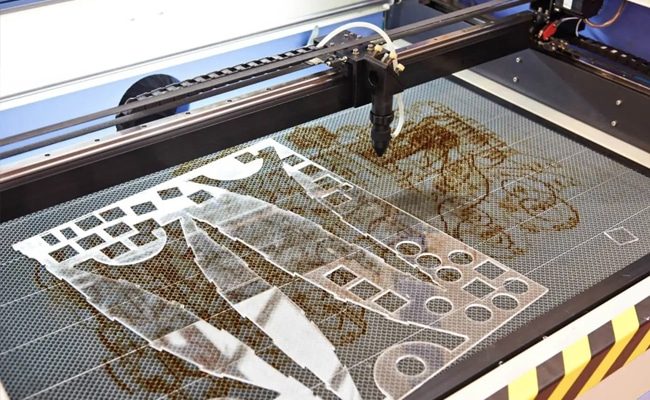
Customized Solutions
Excellent Customer Support
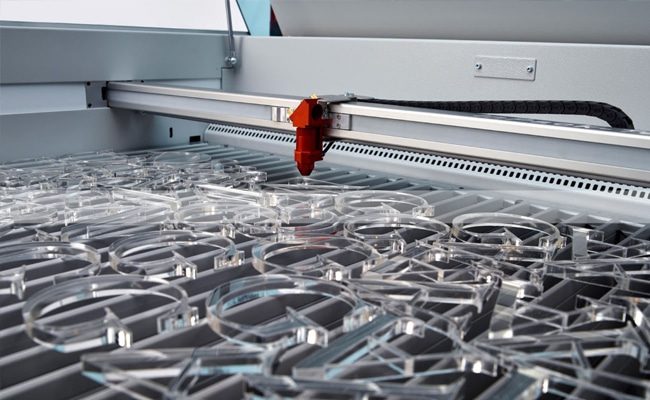
Frequently Asked Questions
- Ventilation: Adequate ventilation systems should be provided to effectively capture and remove fumes and particles generated during laser cutting. Local exhaust ventilation systems, such as smoke extractors, can help minimize exposure to hazardous gases.
- Filtration: Filtration systems can help remove particulate matter and certain gases from the air, further reducing potential hazards to operators and the environment.
- Personal Protective Equipment (PPE): Operators should wear appropriate PPE, including respiratory protection, safety goggles, and protective clothing, to minimize direct exposure to fumes and particles.
- Material Selection: Choose specially engineered PVC materials if possible, and minimize the use of PVC materials that contain chlorine-based additives or adhesives that release more toxic fumes. This helps minimize the release of harmful fumes during laser cutting.
- Testing And Monitoring: Regular testing of air quality and smoke levels in work areas can help ensure exposure limits are not exceeded. Monitoring equipment can provide early warning of potential problems.
- Separation of Work Area: If your laser cutting machine is located in a shared workspace, consider isolating the cutting area to prevent fumes from spreading to other parts of the workspace.
- Training: Provide operators with proper training on the potential hazards of laser cutting PVC and the necessary safety protocols to follow.
- Regulations And Guidelines: Ensure your laser cutting operation complies with local and national regulations regarding air quality and industrial process emissions. Different jurisdictions may have specific requirements for dealing with hazardous emissions.
- Toxic Fume Emissions: PVC emits toxic fumes when exposed to the high temperatures generated during the laser cutting process. These fumes can include chlorine gas and other harmful by-products that pose a health risk to the laser cutter operator and those in the surrounding area. Adequate ventilation and safety measures can help mitigate this risk.
- Fire Hazard: PVC is a flammable material that can catch fire easily when exposed to high heat. The intense heat generated by a laser cutter can cause the PVC material to catch fire, increasing the fire risk. Proper safety measures, including fire detection and suppression systems, can help minimize fire risks.
- Material Breakdown: Laser-cutting PVC can cause the material to break down and degrade. High temperatures can cause PVC to melt, releasing volatile organic compounds (VOCs) and other harmful substances, and can also char, discolor, and warp PVC. This can lead to poor cut quality, inconsistent results, and challenges in maintaining accurate cutting parameters.
- Equipment Contamination: Molten PVC can adhere to optics, mirrors, and other components of laser cutting equipment, affecting the overall performance of the equipment. This can result in reduced efficiency, increased maintenance requirements, and potential damage to the laser-cutting machine.
- Inconsistent Cutting Results: PVC has different compositions and formulations, and its composition can vary between different manufacturers and even within the same piece of material, which can lead to inconsistent laser cutting processes. Different PVC materials may absorb laser energy differently, resulting in uneven cuts, melting, or other undesirable effects.
- Material Limitations: PVC is a thermoplastic material, which means it softens and melts when exposed to heat. This property can limit the level of precision and complexity achievable with laser-cut designs compared to other materials that retain their structure during laser cutting.
- Cost Considerations: Laser-cutting PVC can be less cost-effective compared to other materials due to challenges with safety measures, equipment maintenance, and disposal of toxic by-products. Also, since PVC is abrasive and corrosive, it can cause more wear and tear on laser-cutting equipment. This increases maintenance costs and shortens the life of the equipment.
- Environmental Impact: Laser-cutting PVC can cause environmental concerns due to the release of toxic fumes and potential fire hazards. To minimize these impacts, proper disposal and treatment of waste is essential.
- Limited Thickness Range: There is a limited range of PVC thicknesses that a laser can effectively cut. Thicker PVC materials may require multiple passes or a dedicated laser system, which increases production time and cost.
- Thermal Decomposition: PVC is a thermoplastic material, which means it softens and melts when exposed to high temperatures. When a laser beam heats PVC, it causes thermal decomposition, releasing chlorine gas and forming hydrochloric acid. Not only does this pose a health and safety risk to the operator, but it can also damage the laser equipment over time due to corrosive by-products.
- Material Absorption: The degree to which a PVC material absorbs laser power will vary based on factors such as color, additives, and surface finish. Some laser light may be absorbed unevenly by the material, resulting in inconsistent cutting results. If the laser energy is not effectively absorbed, it may result in an incomplete or melted cut instead of a clean cut.
- Reflection And Scattering: The reflective properties of PVC can cause the laser beam to bounce off the material, making it more difficult to focus the energy precisely and consistently. Additionally, scattered laser energy can affect surrounding areas, possibly damaging or altering nearby parts of the material.
- Thermal Conductivity: PVC has a relatively low thermal conductivity compared to some other materials. The heat generated during laser cutting can build up in the material, potentially causing it to melt or deform before it can effectively cut. The heat-affected zone around the cut can be larger and more problematic when cutting PVC than materials with higher thermal conductivity.
- Hazardous Fume Emissions: When PVC is heated and vaporized, it releases potentially harmful gases and fumes, including hydrochloric acid (HCl) and other chlorine-containing compounds. These emissions pose health risks to operators and can damage the laser system itself. Adequate ventilation and fume extraction systems are required when processing PVC with laser cutting.
- Thermal Stress: The rapid heating and cooling associated with laser cutting can create thermal stress in the PVC material that can cause the cut edge to crack, chip, or warp.
- Burn Marks And Scorch: PVC can easily burn and scorch during laser cutting due to the release of chlorine and other compounds. Burn marks degrade the quality of the cut edge and the overall appearance of the cut part.
- Melting And Recasting: Compared to metals, PVC has a low thermal conductivity and thus tends to absorb heat. When exposed to a high-energy laser beam, the material heats up rapidly and melts, creating a molten layer. This molten material may re-solidify at the cut edge, resulting in a rough and uneven cut.
- Choosing The Right Laser System: Choose a laser cutting system with the proper power and wavelength to cut PVC. CO2 laser cutters are often used to cut PVC because their wavelength is easily absorbed by the material.
- Determine The Laser Power: The laser power should be selected according to the thickness of the PVC and the required cutting speed. Thicker PVC may require higher laser power to ensure effective cutting.
- Material Preparation: Make sure the PVC material is clean and free of debris, dust, and contaminants that could interfere with the cutting process. The PVC material is then properly aligned and secured to the cutting bed to prevent movement during cutting.
- Focusing The Laser Beam: Proper optics are required to focus the laser beam to a small spot size. This focused beam delivers focused energy to the material, helping to melt or vaporize it. An auto-focus system can help maintain optimal focus during cutting.
- Assist Gas Selection: Use an appropriate assist gas, such as nitrogen or compressed air, to aid in material removal and prevent the redeposition of molten PVC. The gas also helps cool the material and improve cut quality.
- Cutting Parameters: Set appropriate cutting parameters according to the specific characteristics of the PVC being cut, including laser power, cutting speed, and auxiliary gas pressure. These parameters may vary depending on the thickness and type of PVC to be cut. It is recommended to test different parameter settings on scrap to determine the best combination for a clean, efficient cut.
- Ventilation And Smoke Extraction: PVC releases toxic fumes and gases when heated or burned, including chlorine and hydrochloric acid. Proper ventilation and fume extraction systems help maintain a safe work environment for operators and prevent the build-up of harmful by-products.
- Safety Precautions: Provide operators with appropriate personal protective equipment (PPE) such as safety glasses, gloves, and respiratory protection to minimize exposure to fumes and laser radiation. Operators are trained in the safe use of laser cutting machines and PVC handling.
- Quality Control: After the cut is complete, check the cut edges for smoothness, accuracy, and any signs of burning or over-melting. Adjust cutting parameters as needed to improve cut quality.
- Maintenance And Inspection: Regular maintenance and inspection of the laser cutting system to ensure its normal operation. Clean lenses, mirrors, and other optical components as needed to maintain the quality of the laser beam.

